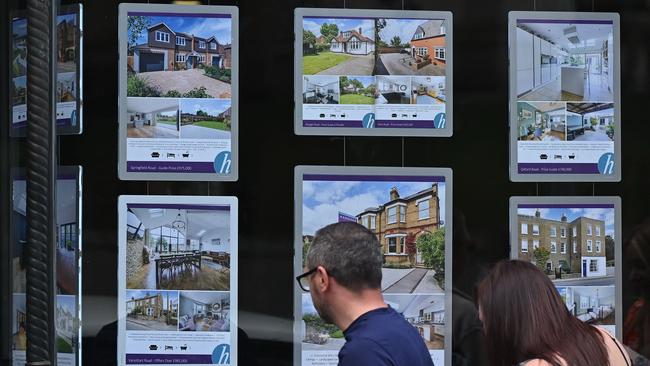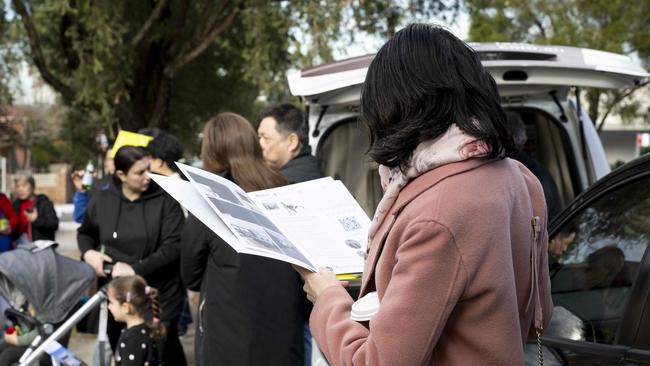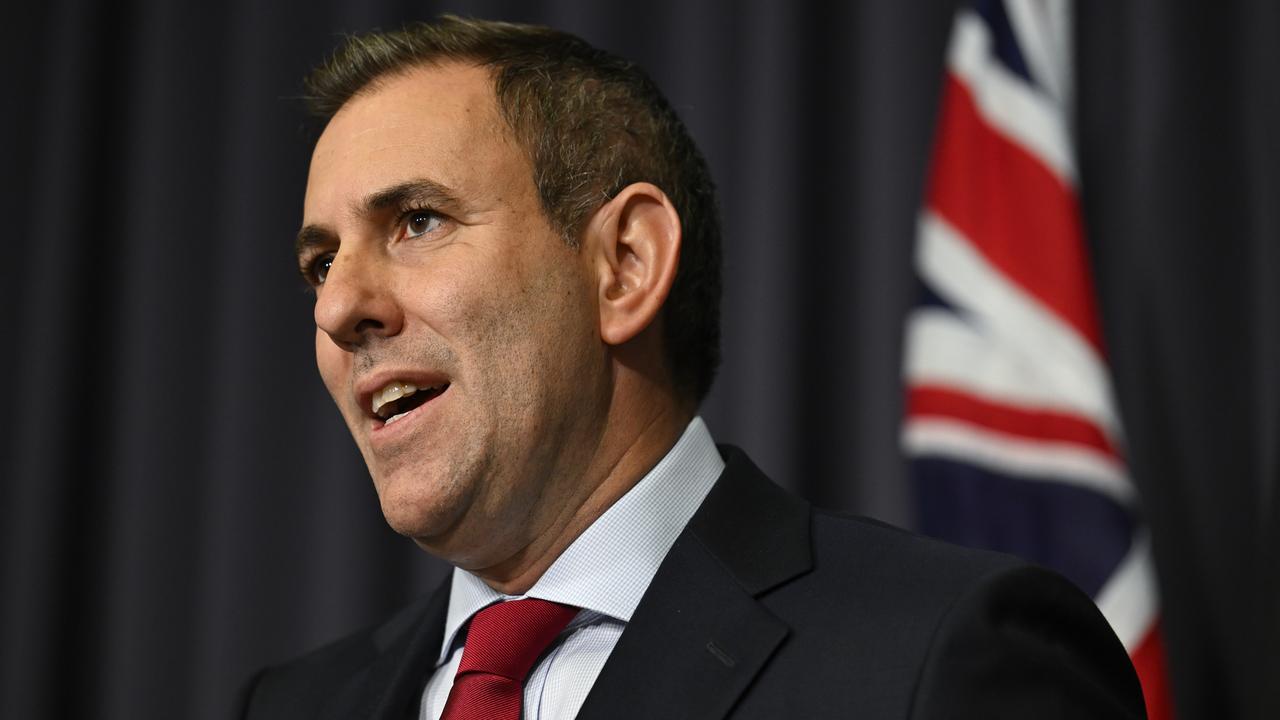Why there’s no quick fix for housing crisis

There is, sadly, little doubt that too many Australians, particularly the young and vulnerable, are experiencing housing price and rental stress. But when it comes to causes and solutions, what’s more likely: that the laws of economics have been suspended for the country’s property market or that bad public policy has stimulated high housing price inflation?
Sadly, many of our problems are in large part because this country’s policy establishment believes the laws of economics do not apply in the Australian property market.
This includes a failure to appreciate the difference between cost and price, where increasing the cost to produce and maintain housing will somehow translate into lower housing and rental prices.

Australia’s current housing affordability issues are a consequence of poorly considered, long pursued and uncoordinated policies at the commonwealth, state, territory and local government levels. Policies that have combined to increase the cost of housing construction inputs, choked housing supply and stimulated housing demand. The consequence of any, let alone all these strategies, would lead to accommodation price inflation.
Supply-and-demand dynamics apply in property markets just as they do in other markets. And when it comes to housing affordability, to analogise Milton Friedman’s monetary theory, housing price inflation occurs when housing demand grows faster than housing supply. Calls by political leaders for increased housing supply are not policy but sloganeering.
While much of the focus of current housing problems is understandably pointed at immigration, land release, planning and approvals processes, insufficient mention is made of the increasing cost of construction where a toxic cocktail of energy, industrial relations and tax policy is causing a rapid escalation in the cost of supplying new housing.
Consumers don’t just feel the effects of rising energy costs in lighting and heating. Cement, concrete, bricks, roof tiles, steel and PVC piping are all highly sensitive to energy costs, and energy costs have risen rapidly over the last 15 years.
Unit labour costs – as opposed to wages – are highly sensitive to Australia’s increasingly sclerotic anti-productivity-promoting industrial relations laws. Enterprise agreements, standardised and enforced, are in fact industry agreements that incentivise and reward anti-productivity practices.
Not to be forgotten are the significant and increasing taxes that governments continue to extract from property. It starts with land tax, then 10 per cent GST is charged on the total cost of every new property, then stamp duty follows and is charged on top again. A tax charged on a tax charged on a tax. Both GST and stamp duty are assessed on total cost and sale price respectively, creating an incentive for avaricious governments to engage in bad policy to increase the cost of housing so as to generate more tax revenue.
All combined, average building costs have more than doubled over the past couple of years, resulting in increasingly expensive new supply.

A market for multimillion-dollar houses and apartments certainly exists, but not in the numbers necessary to accommodate a growing population or at a price to address affordability. Worse still, the price of whatever housing is produced is growing faster than wages and inflation.
When Ronald Reagan said the most terrifying words in the English language are “I’m from the government and I’m here to help”, he could have been describing housing policy in Australia, particularly when the commonwealth government arrives on the scene.
Many of the policy ideas emanating from Canberra proposing to alleviate housing price and rental stress will only make matters worse. Remediating Australia’s housing affordability issues, as with general inflation, requires a combination of demand- and supply-side responses. On the demand side, the commonwealth is unlikely to reduce immigration numbers in the short term. Immigration, arguably, is required to moderate wage-price inflation while there are labour shortages. But the commonwealth is also addicted to the extra taxes immigration generates.
This leaves supply-side solutions as the main tools available to repair housing and rental price problems. A program to increase land release, reduce energy costs, simplify industrial relations laws, simplify planning and approval systems, and reduce taxes is required. No serious housing affordability discussion can be had without addressing these issues.
Housing market interventions through subsidies or rental price caps are not a solution but the problem. Our political system has become one where politicians take from the future, present as gifts today, then ask to be thanked as if they have created something.
The unfortunate fact is that Australia’s housing affordability issues took a long time to create, and they will take a long time to fix.
Dimitri Burshtein is a principal at Eminence Advisory and a former government policy analyst.







When it comes to housing affordability in Australia – to borrow from a former White House adviser – it’s all about the economy, stupid.